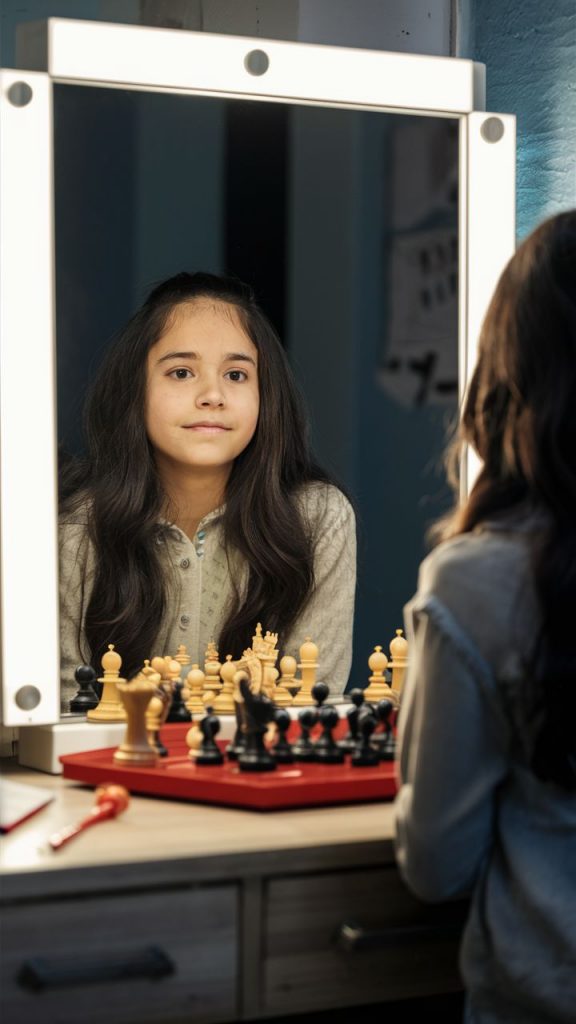
In AI, digital twin refers to virtual or digital replicas of physical objects, people, processes, or systems that help businesses make model-driven decisions.
In the domain of chess can serve as a powerful tool for a human player aiming to elevate their game. This virtual replica of the player’s style, strategies, and moves can provide valuable insights into their strengths and weaknesses.
The digital twin, acting as a mirror image of the player in the digital space, can play countless games against various opponents. By analyzing these games, the player can gain a deeper understanding of their own strategies and identify areas for improvement.

For instance, the digital twin might reveal that the player often overlooks certain defensive moves or tends to favor one side of the board. Recognizing these patterns allows the player to refine their strategies and become more unpredictable to their opponents.
Moreover, the digital twin can simulate games against specific opponents. This feature is particularly useful when preparing for tournaments, as it allows the player to anticipate their opponents’ strategies and devise effective countermeasures.
In essence, a digital twin in chess is like having a personal coach that knows your game inside out. It provides a wealth of information that can guide a player in honing their skills and strategies. With this tool, a chess player can strive for continuous improvement and achieve greater success in their games.

Typical case:
A tournament is approaching and the chess player creates a simulation of the tournament which details such as player list is already known, with his or her digital twin taking part. In this virtual environment full games are played with potential opponents. This simulated results are known. Complete games are played as in a real tournament. The stats can be interesting but even examining those simulated games can be beneficial especially when the real opponents data is also simulated.
P/S: As in my previous AI posts, this is all hypothethical and DIgital Twins for Chess is not here.. yet.
However, Digital Twins is real and have been used in various industries for different applications. Here are some examples:
Manufacturing:
Digital twins optimize machine layouts, assembly flows, and employee interactions through detailed spatial mapping of factories1. They also help in training robots in secure simulated environments.
Healthcare:
Digital twins can help healthcare providers virtualize healthcare experience to optimize patient care, cost, and performance. They can model the genome code, physiological characteristics, and lifestyle of patients so that healthcare companies can provide personalized care.
Supply Chain/Logistics: Digital twins are used to predict the performance of packaging materials, enhance shipment protection, optimize warehouse design and operational performance, and create a logistics network.
Construction:
A digital twin can help construction firms understand how a building is performing in real-time, which allows them to tweak performance to optimize efficiency2.
Aerospace:
Digital twins improve decision-making by allowing teams to visualize and interact with computer-aided design (CAD) models and other datasets in real-time 3D.
